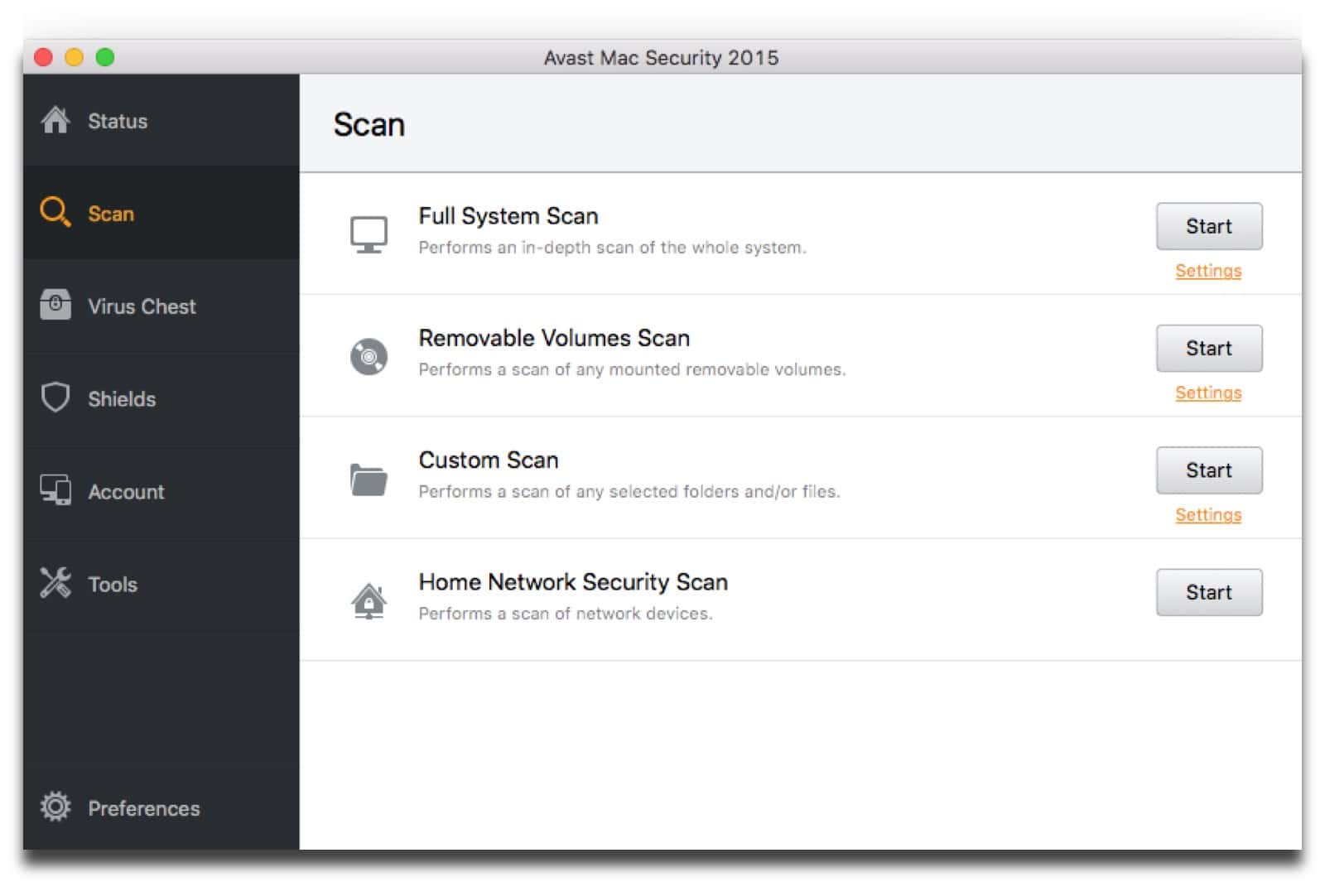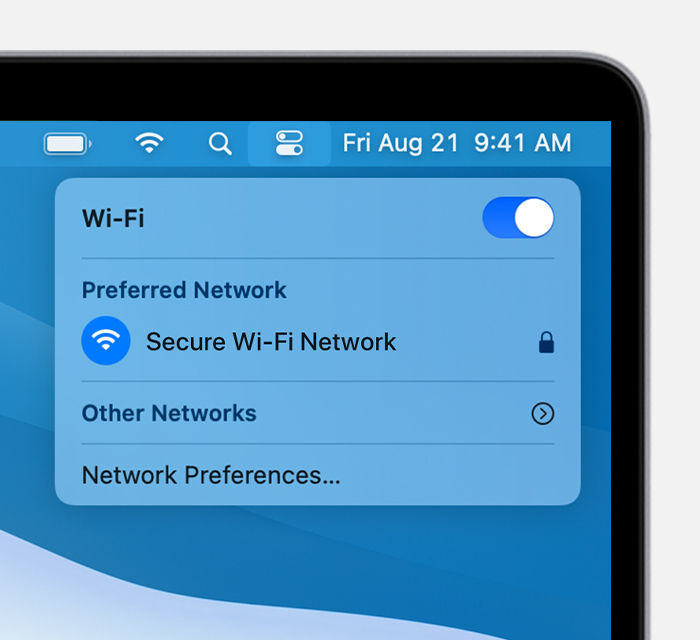

Hackers have sophisticated tools to test thousands of possible password and username combinations, so it’s vital to choose a strong password that combines letters, numbers, and symbols to make it more difficult to crack.Įncryption is one of the most effective ways of safeguarding your network data. If they can gain entry to the network, they can change the password to whatever they like, lock the owner out and hijack the network.Ĭhanging the username and password makes it more difficult for attackers to identify whose Wi-Fi it is and gain entry to the network. Wi-Fi providers automatically assign a username and password to the network and hackers can easily find these default passwords online. The first and most important thing you should do to secure your home Wi-Fi network is to change the default username and password to something more secure. To protect your home and keep it safe from hackers, there are several steps you can take:


Securing your home network is essential when it comes to keeping out attackers and protecting your data. If hackers can gain access to your home network, they can steal personal and financial information, infect your devices with viruses and malware, commit cyber-crime from your device or launch a Distributed Denial of Service (DDOS) attack. Hackers are opportunistic and ready to take advantage of any lapse in security to launch a targeted attack. We would never dream of leaving the front door to our house open but leaving our Wi-Fi networks unsecured opens us up to the same security risks. Many people are simply unaware of the security risks that these devices can present unless they are properly protected with a secure Wi-Fi network. Whether it’s our computer, tablet, phone, fridge, TV or baby monitor, our increasing reliance on the internet to connect all our devices has opened the door to many risks and poses a range of security problems.

Our increasingly technological world means that our homes are now filled with a wide range of gadgets and devices that require an internet connection.


 0 kommentar(er)
0 kommentar(er)
